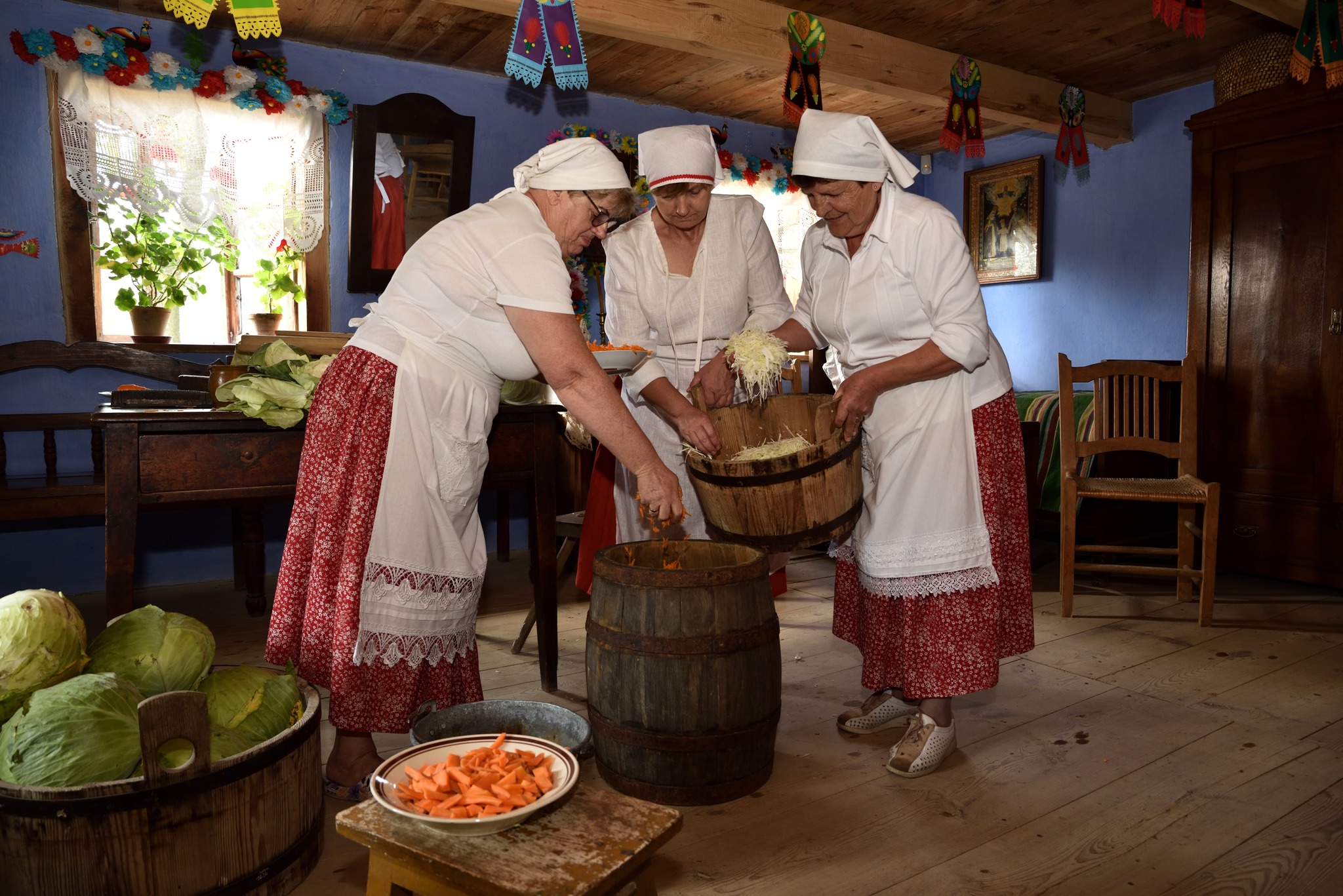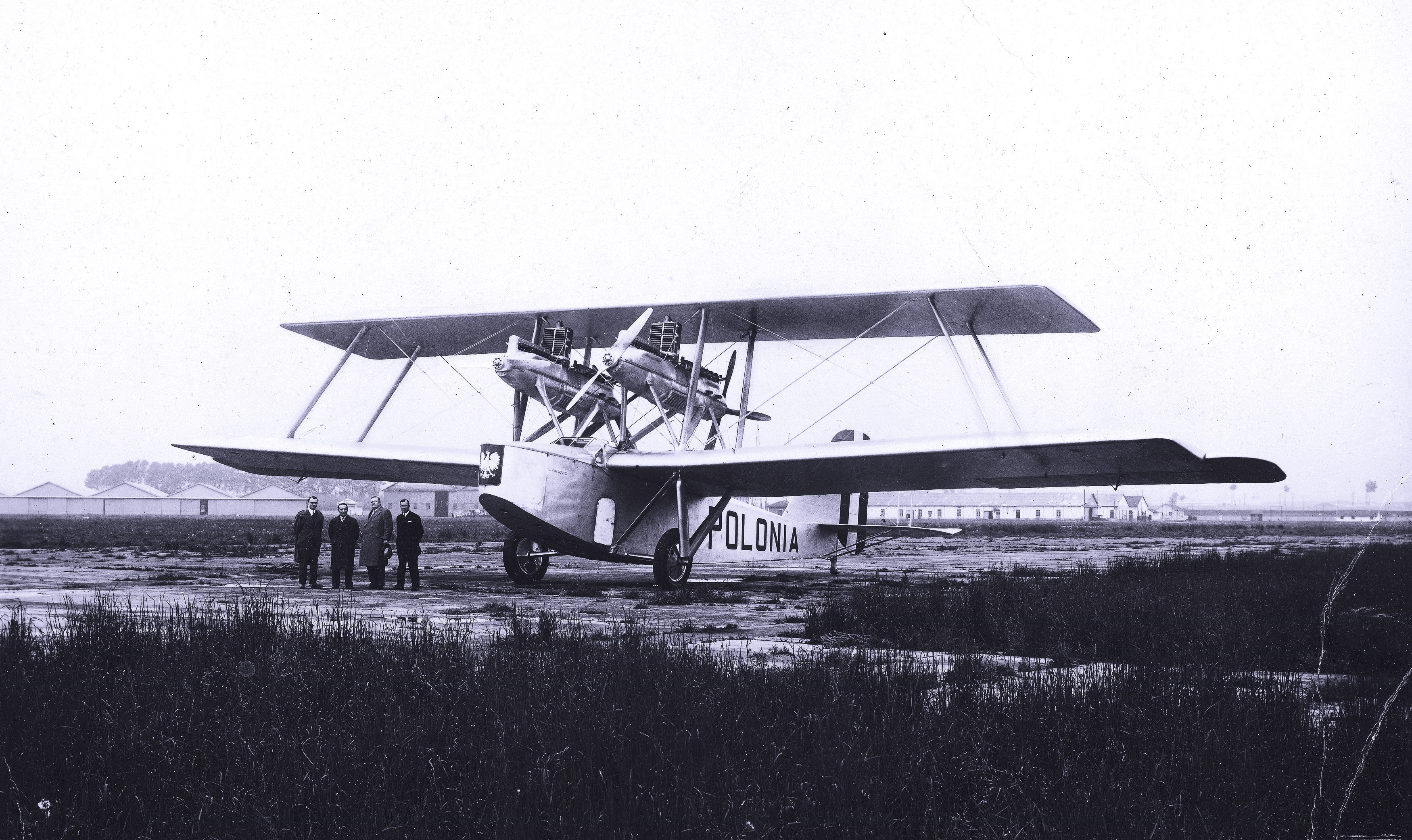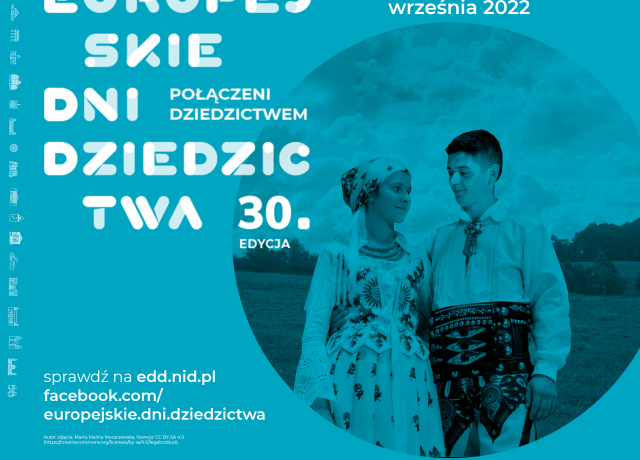European Heritage Days Article:
CONNECTED BY HERITAGE: Poland’s slogan for the European Heritage Days 2022
European Heritage Days Article:
CONNECTED BY HERITAGE: Poland’s slogan for the European Heritage Days 2022
Poland’s theme for the European Heritage Days 2022 – Connected by Heritage – invokes the Council of Europe’s Framework Convention on the Value of Cultural Heritage for Society (FARO), the document signed by Poland last year. The theme underscores the crucial role communication plays in creating, maintaining and strengthening community bonds. In particular, it shows that the transmission of heritage values is fundamental to the continued existence and development of communities both at the micro and the macro level. The theme serves as an incentive to explore various, traditional aspects of communication: from the symbolic and ritual to the literal and mundane. Heritage connects people and generations, the past with the future; it allows the society to integrate around shared values, allowing it to persist through time and turmoil.
The topic is organized into four different axes of meaning:
Symbolic communication through language, signs, gestures and actions infused with meaning
The focus is on language in its different aspects: how it changed through the centuries and what traditional vernaculars developed through time. Some communities used secret languages, signs and ritual forms of behavior particular only to them, cementing their bonds and allowing them to function. For instance, a tight-knit community of sievers form the small town of Biłgoraj in South-Eastern Poland developed their own secret language used only during trade ventures to protect their interests. However, symbolic communication may also mean things like the language of flowers: a now only partially remembered art of expressing thoughts, intentions and feelings through the careful selection of plants to be given to a person. These and so many other symbolic forms of communication constitute a part of Poland’s rich cultural heritage.
Traditional collective activities and events engaging entire groups and communities, which facilitates the exchange of thoughts, ideas and recollections

This axis is a wonderful opportunity to delve into traditional chores and activities also considered a part of Poland's cultural heritage. We want to look at the communication aspect which was implicit in collective work like the plucking of feathers by women, spinning and weaving or harvesting. All such activities served as an occasion to strengthen community bonds. Also, traditional celebrations, such as weddings, christenings or the traditional Polish Christmas Eve supper contain a strong communications aspect, a coming together of people. This category also deals with places of memory and the stories they elicit, connecting us with our communities' past. Having been disconnected by lockdowns for so long, taking a closer look at how the people of the past used to share their time together will undoubtedly be a worthwhile experience.

A reenactment of the traditional process at an open air museum during EHD 2021. Photo by Dariusz Krześniak.
Historic modes of transportation and travel
This category is a treat for old technology enthusiasts, since it gives us an opportunity to explore vintage cars, bikes, planes, ships and all other modes of transportation from the ancient times to the near present. But looking at the means of traveling may also inspire us to familiarize ourselves with the cultural aspects of journeying; to discover how people prepared and dealt with often long, tedious and dangerous road ahead. How was private and commercial travel organized and how long did it take to traverse the distances that take us hours to cross today? This category also brings us closer to nature as we have the opportunity to explore old waterways and natural routes or landscape monuments like bridges, old roads, trade or pilgrim routes. This category lets us discover everything that our culture has created to shorten physical distances between people and places.

from the "LOT" Polish Airlines were to make their trans-Atlantic flight, 1929; the National Digital Archive, reference no: 3/1/0/16/1080/3.
Technical inventions facilitating long-distance communication
Last but not least, the attention will also be drown to technical inventions facilitating long-distance communication and helping to bring us together, sometimes not only in space, but in time. The telegraph, telephone or the radio are clear examples. The ability to record our voices and preserve their sounds and the messages they may carry for the future generations is one of the milestones of humanity and a heritage we should cherish. However, before the advent of recordings, the invention of writing kept the thoughts and feelings of our ancestors safe and helped them reach us in the present.
We hope that through this year’s events, we will become more connected through – and with our heritage and with the members of our communities.
For more information about this year's programme of European Heritage Days in Poland visit their website or follow them on social media: Europejskie Dni Dziedzictwa on Facebook and YouTube channel Narodowy Instytut Dziedzictwa / TV NID
